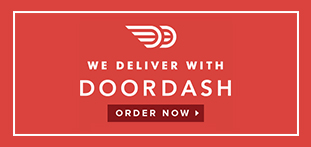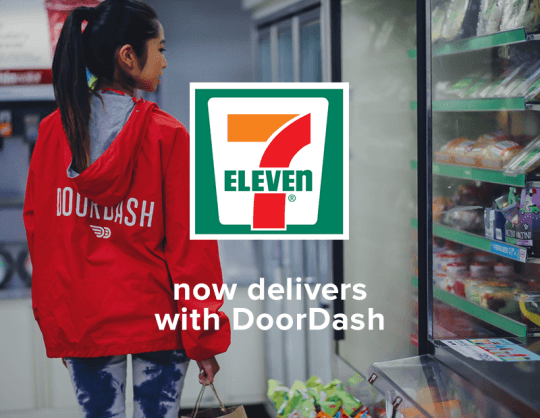DoorDash; Delivery Made Better by Data

DoorDash is both an online ordering and delivery company that’s using data to make delivery better and faster for customers and more efficient for delivery drivers. The company aggregates large volumes of delivery data and analyzes how different factors affect delivery results. Using machine learning, DoorDash continually optimizes and improves its algorithm, making the model smarter and more efficient after each order and creating more value for the customers, merchants, and drivers.
DoorDash creates value for all 3 players in their multi-sided market. At its core, the DoorDash model allows customers to place food orders through the DoorDash app or site, which sends an order to merchants to prepare the ordered items in time for a DoorDash delivery person to pick up and deliver them to the customer. While it sounds fairly straightforward, there are many complexities involved in making it work seamlessly.
Tony Xu, the co-founder and CEO of DoorDash recently said in an interview that “To make one delivery successful there’s fifteen small things you have to get correct.” The issues range from routing and timing drivers to avoid waiting at the restaurant for the order, to getting it from the merchant to the customer while it’s still hot and fresh, to forecasting demand volume to make sure there are enough drivers on staff, to batching orders coming from the same or nearby restaurants and going to nearby locations. Solving these problems involves capturing data on the time it takes to prepare different menu items, traffic and weather conditions, individual driver effectiveness, and a host of other items, and using them to make predictions and forecasts. They collect data on each order and constantly recalibrate the model to continuously increase accuracy and efficiency.
The more accurate and efficient the model becomes, the more value DoorDash can create. Reducing delivery times, giving customers accurate predictions, and ensuring the food arrives hot and fresh all increase the utility for customers to keep them ordering. Reducing waiting time at restaurants and allowing stacked pick ups and drop offs allows delivery drivers to make more deliveries (and money) per shift to keep them coming back for more deliveries. DoorDash creates value for merchants simply by operating, as it allows them to access customers it otherwise couldn’t reach without hiring their own delivery drivers. Increasing the number of orders moving through the system allows DoorDash to capture some value through a share of the delivery fee and some revenue sharing on the merchant side.
DoorDash may face some challenges as it grows into new verticals. DoorDash is currently primarily focused on the food delivery space because, as Prahar Shah, DoorDash’s head of sales recently said “We’ve specifically focused on food because we believe it’s probably one of the hardest. When you’re thinking of delivering a sweater, you’re not thinking about whether the sweater is fresh when you get there.” That being said, DoorDash has begun to move into other markets by signing 7-Eleven as a merchant for its first foray out of the restaurant space. As they’ve said on numerous occasions, they are looking to deliver across several verticals, much like their closest rival, Postmates. However, on their march toward connecting all customers with all local merchants, they may come to the same realization Postmates came to and double down on food rather than chase a host of different markets. Though, given the sophistication of DoorDash’s model and constant use of data, I have no doubt that they would be able to execute in whichever verticals they pursue.




Nice post. We really like DoorDash and have been interested in how it successfully gets these many moving pieces working effectively. I always wondered how it used data to accomplish this, and it sounds like it is integral to their performance.
Great post, thanks for sharing! I’m a fan of DoorDash as well and found that its system works really well. However, I find it hard to understand how DoorDash has a competitive advantage and differentiation over other competitors. It seems like the “food delivery” space is becoming more crowded by the day with larger companies like Seamless and Postmates, as well as smaller more local competitors like Caviar or Foodler. I wonder if other companies are as tech/data savvy as DoorDash, and what factors will determine who wins in the end.
Solid post. It doesn’t surprise me that there is a huge opportunity for them to use analytics – given the relative complexity of their operations and the importance of efficiently deploying their delivery team. The ability to master logistics is a real competitive advantage that differentiates them from other players and give them relevance in what is a crowded space (GrubHub / Seamless drive revenue for restaurants but don’t employ deliverers). Given DoorDash’s view over the entire ecosystem (wide range of restaurants and customers), I wonder to what extent they can harness data to create value in additional ways. On the customer side, they know a ton about order behavior and preferences; perhaps there are opportunities for tailored recommendations or other forms of targeted marketing. Similarly, their data about users’ tastes and habits can be valuable to restaurants who may be looking to gather additional data on their customers.